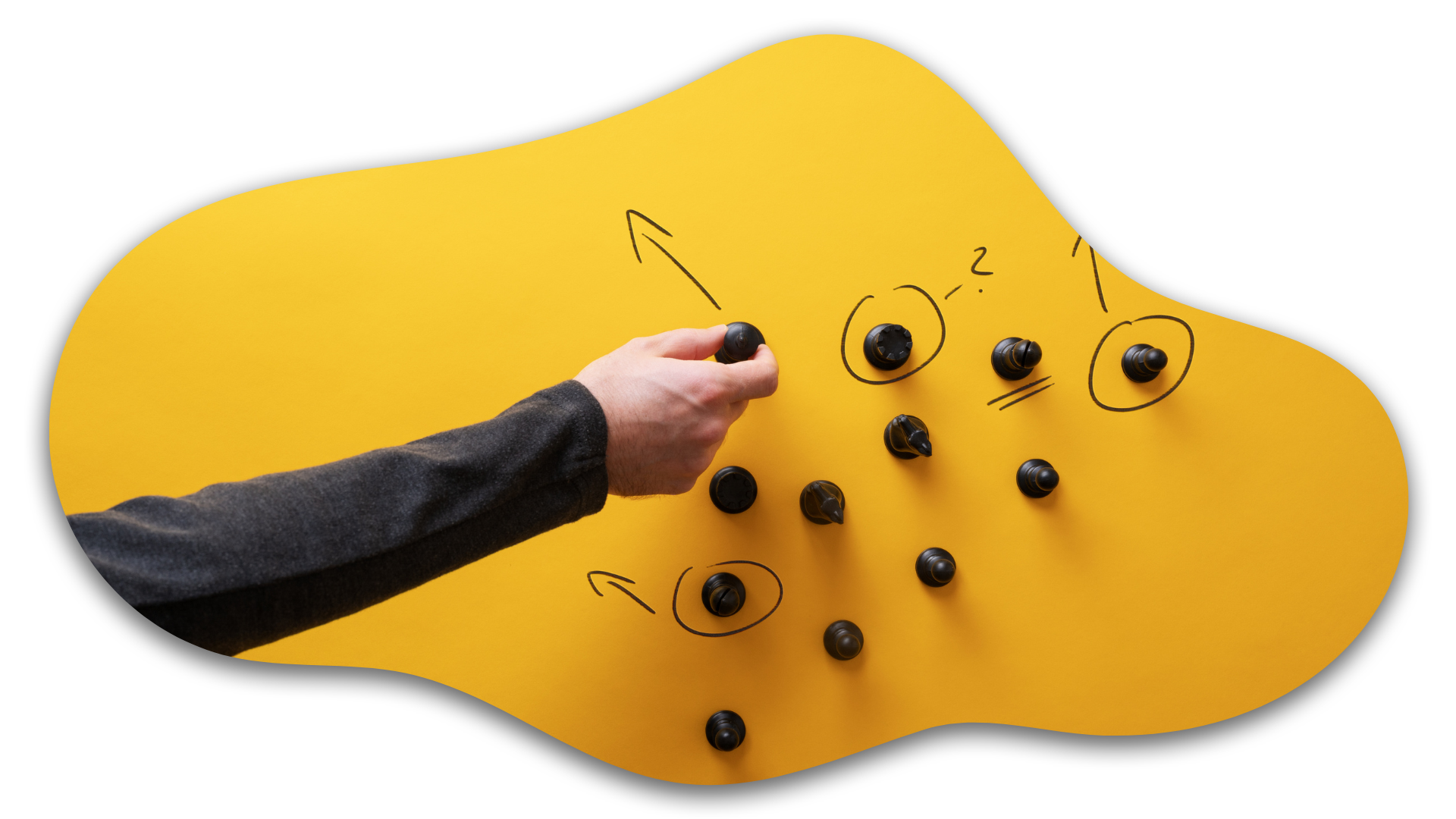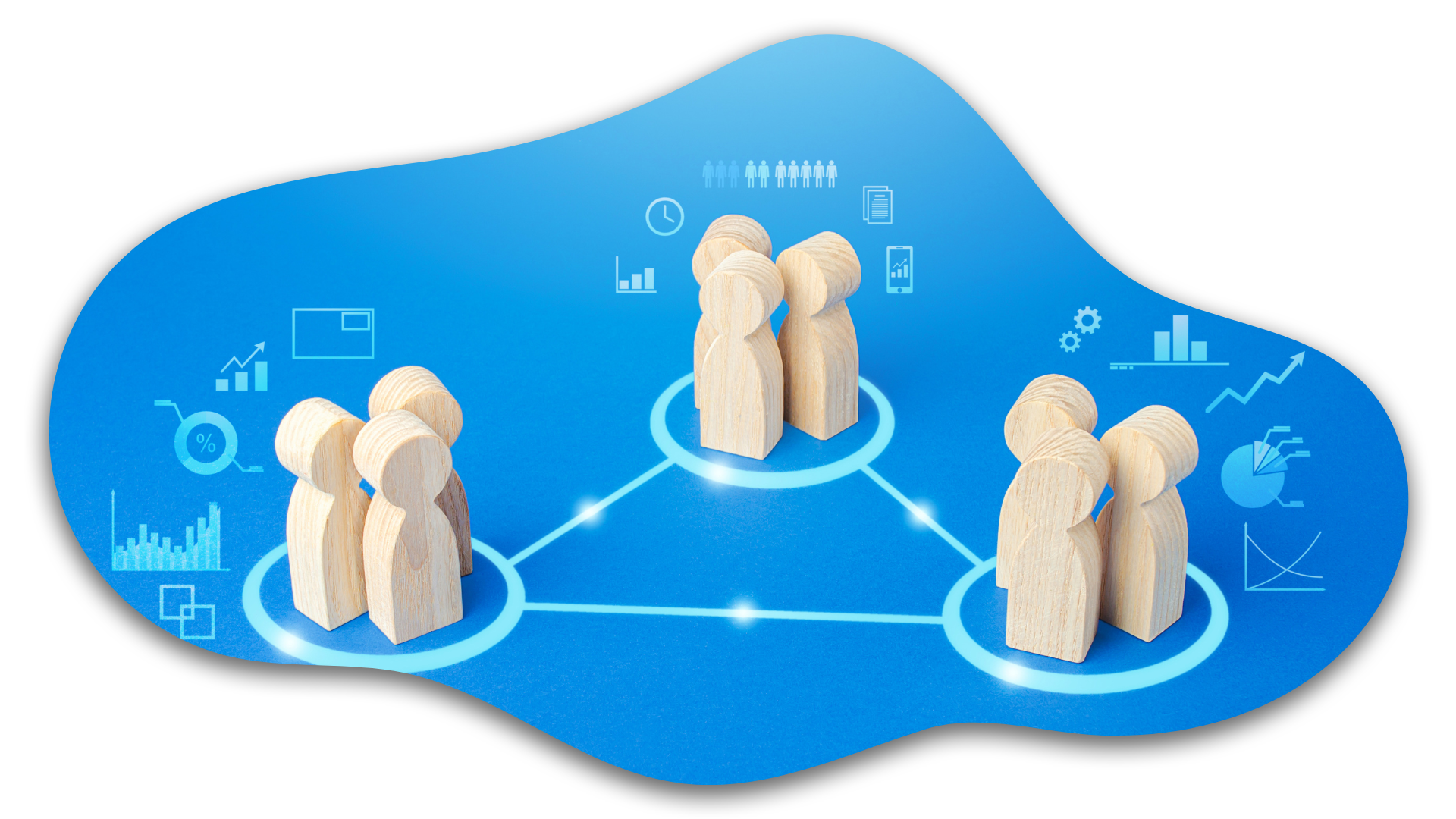The world of work has changed—and there’s no turning back. Hybrid global teams are no longer a pandemic workaround but a strategic shift toward a more flexible, inclusive, and resilient model of working.
As teams collaborate across continents and time zones, the modern workplace blends in-office and remote roles. This setup offers big advantages: global talent, flexible schedules, and extended productivity. But it also brings real challenges—misalignment, disconnection, and cultural gaps that can quietly disrupt performance. What hybrid teams need most isn’t just better tools—it’s clarity, cohesion, and a shared sense of purpose.
That’s where Workforce Integration comes in. It’s a structured yet people-focused approach that helps global teams align, connect, and thrive—no matter where they’re based.
This blog explores how hybrid teams are performing today from both employee and leadership perspectives—and how Workforce Integration is reshaping the way we work, together.
The Rise of the Hybrid Global Team
Hybrid work—once seen as a temporary fix—has become the norm in global organizations. According to a 2024 report by Gartner, 78% of companies with international operations have adopted a hybrid setup. This typically means a combination of in-office, remote, and flexible work arrangements—spanning multiple countries, cultures, and time zones.
The hybrid global team is now a staple in industries like tech, consulting, finance, and creative services. Employees may work in Manila, Sydney, New York, and Dubai—all collaborating on a single project. With this structure comes massive potential: 24-hour productivity cycles, access to global talent, and cost efficiencies.
But without the right alignment, hybrid teams also risk fragmentation. Disconnection, miscommunication, and inconsistent leadership can erode the very productivity gains they promise.
What Employees Are Saying
From the employee’s perspective, hybrid work has brought long-awaited flexibility—but also a new layer of complexity. Most are grateful for the freedom to work from where they feel most productive, but they’re also navigating emotional and operational gaps that didn’t exist before.
In recent industry-wide surveys—such as the 2023 State of Remote Work report by Buffer—and in the day-to-day conversations they have monitored across global hybrid teams, one message comes through clearly: people want to stay hybrid—but they don’t want to feel disconnected.
Employees consistently highlight the benefits of this model:
- Greater control over their schedule
- Reduced commuting time and expenses
- The ability to focus more deeply with fewer in-office distractions
- Opportunities to work from locations that support their lifestyle or family needs
But despite those perks, many express deeper concerns:
- “I feel like I’m missing out on conversations that happen in-office.”
- “Sometimes it’s hard to know if my work is seen or appreciated.”
- “I don’t always know what the rest of the team is focused on.”
- “There’s less casual interaction—so it’s harder to feel part of the culture.”
One of the most telling indicators? Employees report logging longer hours just to appear visible. Without face time or hallway chats, many feel the pressure to overcompensate—answering messages instantly, joining every call, and being online beyond standard hours.
Others mention the “in-between space” they now operate in—neither fully remote nor fully on-site. This often leaves them unsure about expectations: Is it okay to miss a video meeting if you’re ahead on deadlines? How do you build rapport with colleagues you’ve never met in person?
In short, productivity isn’t the issue—belonging, clarity, and recognition are. Employees want to know that their contributions matter, that they’re aligned with the team’s goals, and that they’re not left out just because they’re logging in from another city or continent.
What Leaders Are Facing
For leaders, managing hybrid global teams isn’t just about balancing calendars—it’s about rethinking how leadership shows up when teams are distributed across time zones, cultures, and work environments. While hybrid work offers flexibility and talent reach, it also demands a different kind of leadership—one that is more intentional, emotionally intelligent, and aligned.
Leaders managing hybrid global teams aren’t struggling with tools—they’re struggling with connection, visibility, and trust.
Common challenges include:
- Time Zone Strain: Balancing collaboration across time zones without overloading one region is tough. It takes strategic planning and a strong async-first mindset.
- Cultural Differences: Communication and work styles vary globally. What feels proactive in one culture may seem pushy in another, making leadership consistency tricky.
- Performance Visibility: Without daily face time, tracking progress becomes harder. Leaders risk either over-checking in or under-supporting—both of which can hurt morale.
- Alignment and Silos: Distributed teams easily slip into silos. Leaders must constantly re-align teams around shared goals and ensure no one’s left out.
- Culture Maintenance: Keeping a unified team culture alive is harder when people don’t share a physical space. Traditional bonding doesn’t always translate online.
The 2024 Microsoft Work Trend Index backs this up: 45% of hybrid leaders say maintaining team cohesion is a challenge, while 43% struggle with building trust remotely.
How Workforce Integration Makes the Difference
At Tbelle, we don’t just advocate for hybrid work—we reimagine how it can be sustainably implemented. Our approach is rooted in a principle we call Workforce Integration: a strategic framework that aligns employees, leaders, and systems to create a unified, high-performing team—no matter where people are located.
Here’s how we make it happen:
1. Onboarding That Immerses, Not Just Informs
In hybrid global teams, the first days set the tone. Tbelle’s Workforce Integration ensures new hires are immersed in company values, workflows, and team culture—not just given a login and a handbook.
We use structured onboarding journeys that include:
- Welcome videos from key leaders
- Interactive cultural guides
- Shadowing sessions with team members across borders
- AI-assisted knowledge hubs for self-paced learning
This helps bridge physical gaps from day one and fosters early alignment.
2. Connection Over Communication
Most companies focus on communication tools. We focus on connection tools.
Through AI-driven sentiment tracking, regular pulse surveys, and monthly touchbases that encourage cross-team check-ins, we ensure that people aren’t just informed—they feel involved.
3. Culture-Driven Leadership Development
Hybrid global teams live or die by their leaders. Tbelle provides tailored coaching and toolkits that equip managers to lead with empathy, clarity, and purpose—even across oceans.
Topics include:
- Training on cross-cultural awareness to align with client expectations
- Hosting asynchronous team meetings
- Creating shared goals with distributed members
- Managing outcomes, not hours
When leaders are aligned, teams follow—and that’s where performance spikes.
4. Operational Visibility Without Micromanagement
Through integrated dashboards and simplified workflows, teams can track performance, identify blockers, and celebrate wins—without needing constant check-ins.
This increases transparency while honoring the flexibility that makes hybrid setups so appealing.
5. Engagement That Builds Real Connection
Beyond meetings and check-ins, human connection is what truly sustains hybrid teams. Workforce Integration encourages intentional engagement activities that go beyond work—to spark conversations, camaraderie, and trust.
These can be as simple as co-working sessions or group music breaks, or as dynamic as hybrid team-building games, recognition rituals, or even in-person gatherings when possible.
Whether it’s working side-by-side for a day, celebrating milestones with a big virtual (or physical) party, or just sharing a playlist and a laugh, these moments create space for people to feel seen—not just as professionals, but as people.
Making Hybrid Work Long-Term
So what does the future hold for hybrid global teams?
The next generation of high-performing organizations won’t be defined by office walls or headquarters—they’ll be defined by how well their people connect, collaborate, and contribute across borders. Success won’t be measured by who shows up at a desk, but by who shows up with clarity, purpose, and trust—no matter where they are.
This is the future Tbelle is building through Workforce Integration. We don’t just help companies keep up—we help them lead the shift. Because when teams are truly aligned and people feel seen, supported, and connected, distance becomes irrelevant—and performance becomes unstoppable.
It’s not about where your team works. It’s about how well they work—together.
And that’s the kind of transformation that lasts.










